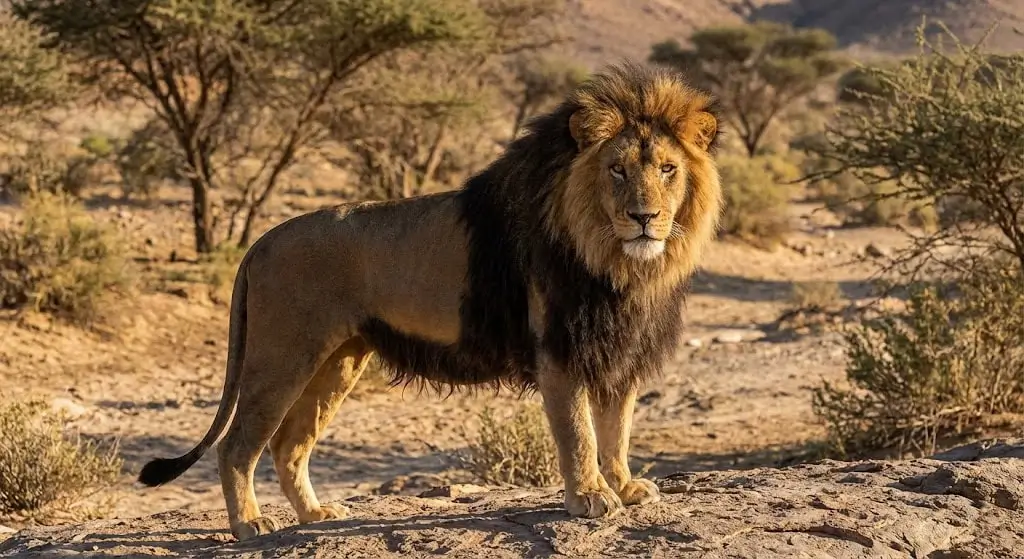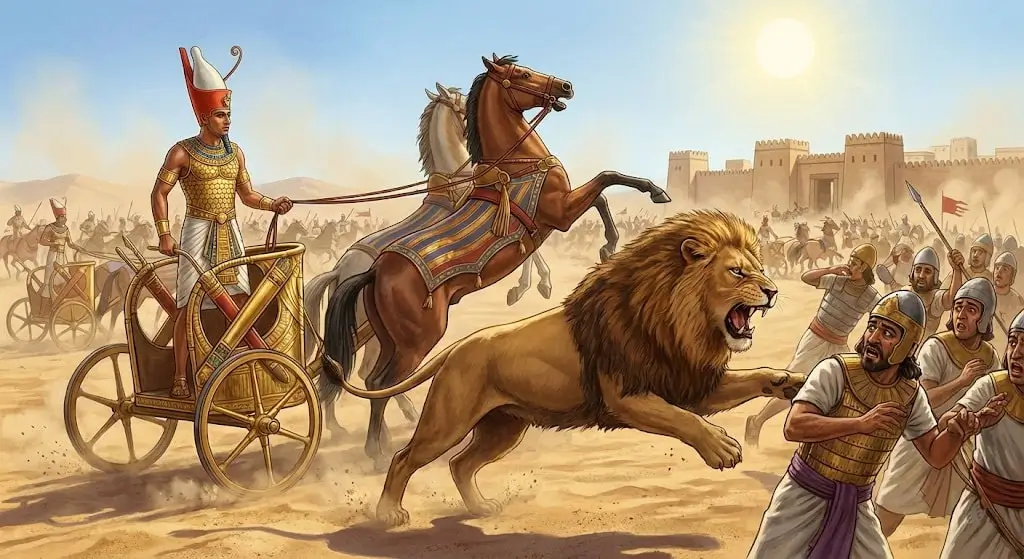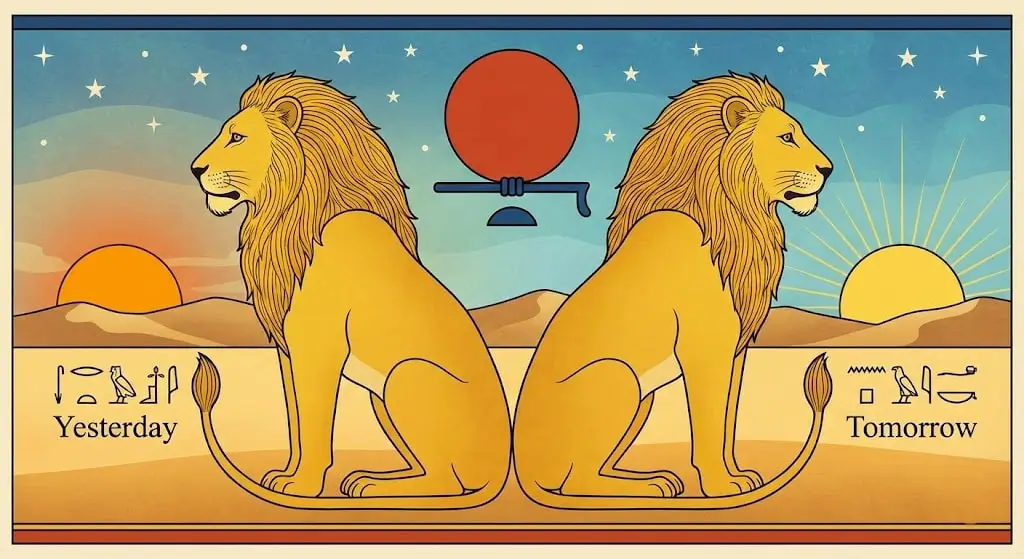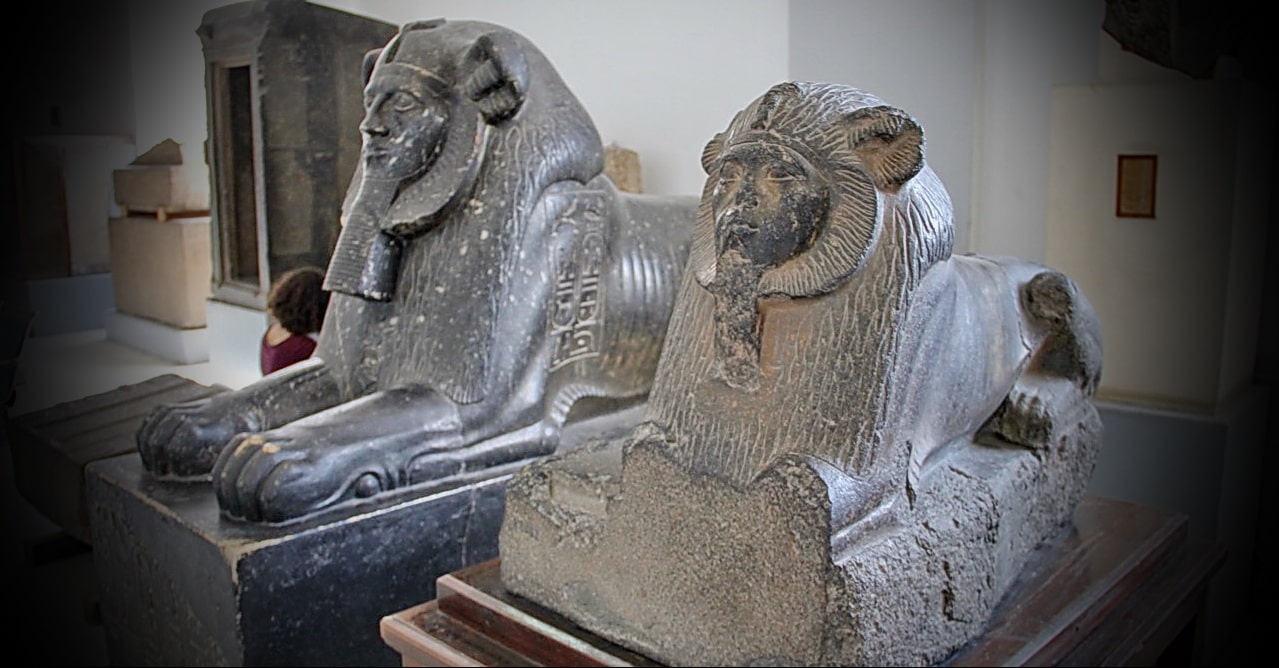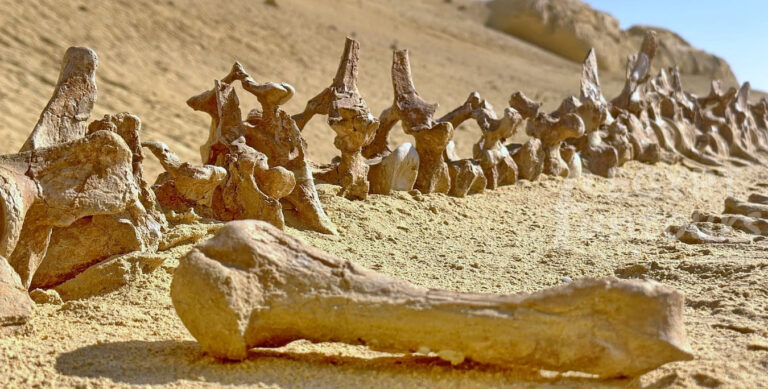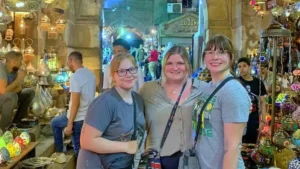Imagine standing in the throne room of Ramesses the Great. You look past the gold columns. You look at the floor near the King’s feet. A massive, live lion is staring back at you. This is not Hollywood fiction. Historical records confirm that Lions in Ancient Egypt were integral to royal life. The Egyptians respected the lion above all other beasts. They called it Mai-hes, or the “fierce-eyed one.” But these were not the lions you see in modern zoos. These were Barbary Lions (Panthera leo leo).
- The Look: They were the largest lion subspecies. They possessed a massive, dark mane that covered their shoulders and extended down the length of their belly.
- The Range: Today, they are extinct in the wild. But 4,000 years ago, they hunted on the edges of the Nile Valley.
The Duality To the Ancient Egyptians, the lion represented a terrifying paradox.
- Chaos: It was a man-eater that lurked in the desert.
- Order: It was the only force strong enough to protect the sun god.
Consequently, the Pharaoh had to master the lion. By hunting it or taming it, the King proved he could control the forces of nature. In this comprehensive guide, we will track the beast from the wild savannah to the temple wall. We will examine the royal lion hunts of Amenhotep III, the warrior god Maahes, and the architectural marvel of the Great Sphinx.

